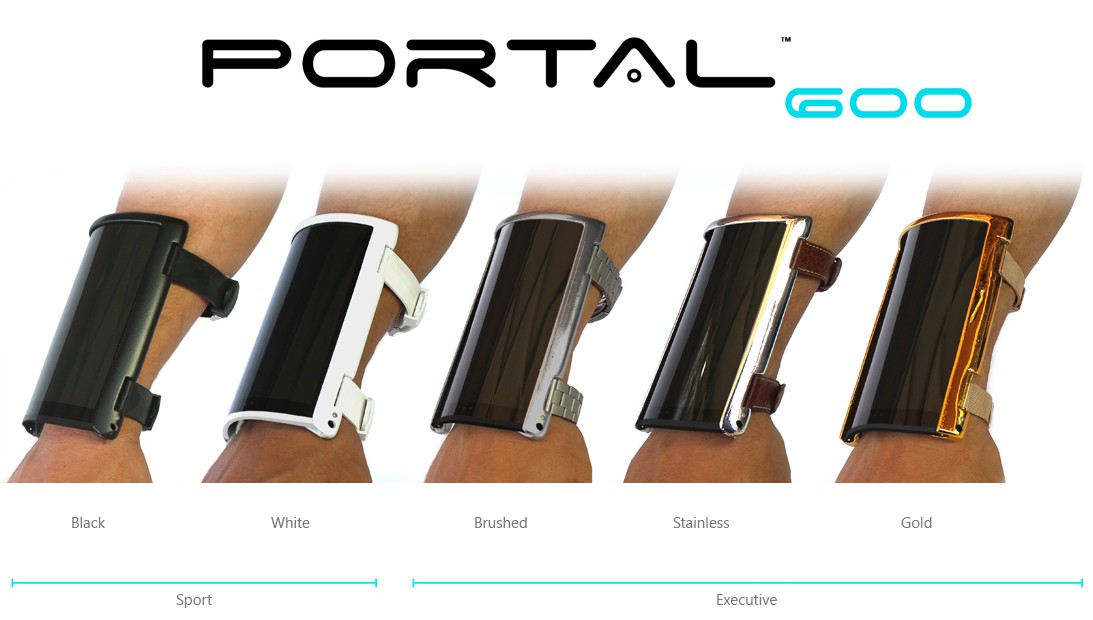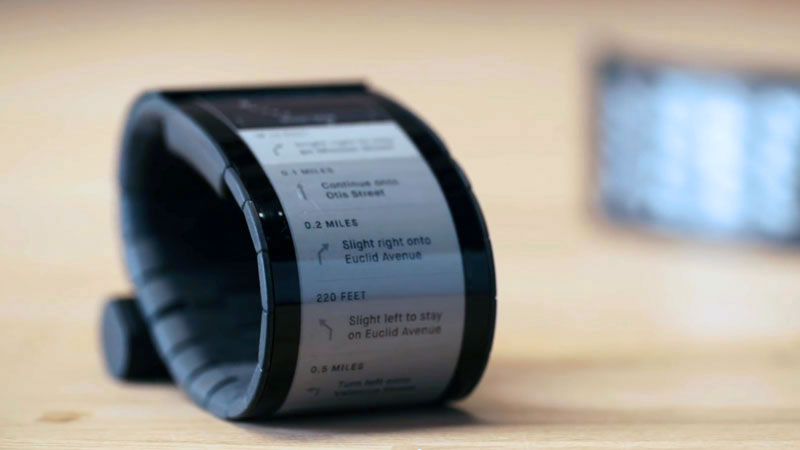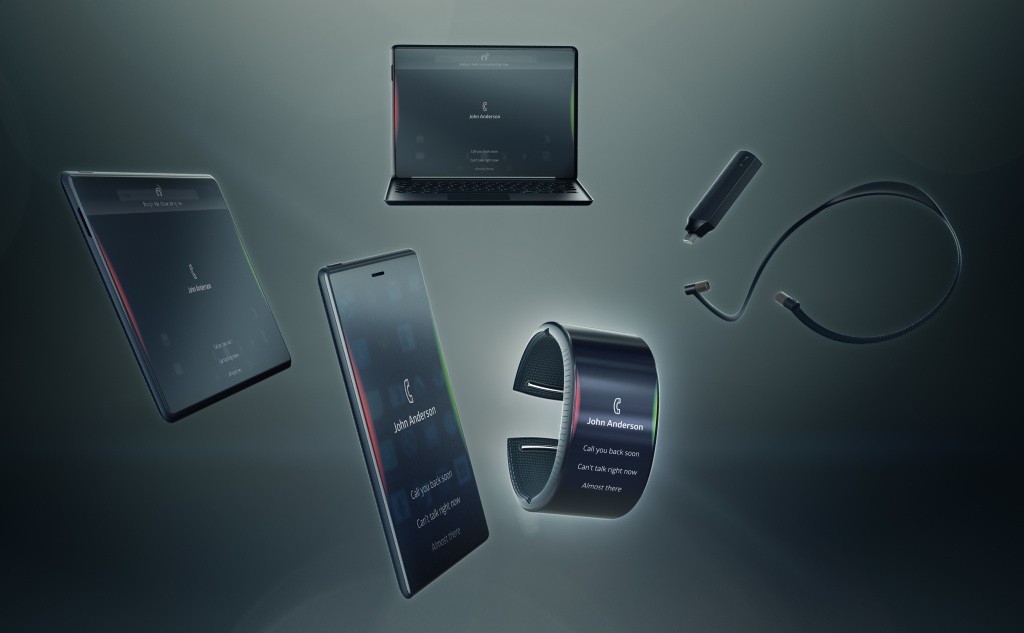
Not from any brand that you would recognize, developers announced more than one wearable smartphone in the last couple of years. Each one appears to have fallen off the face of the Earth. What is keeping these beautiful ideas from our lonely wrists?

(Source: tenor.co)
It’s not likely I would make the switch, but I would have to consider it. In many ways, I am burdened by my phone. When I don’t need it, which is often, I’d like it to disappear like George Jetson’s car.
When Apple announced the Series 1 Watch, I was ready to hand it over for what would for sure be my new wrist-worn phone. Nope. The Watch housed no phone chip. Then the Series 2 came out, also with no chip.
It wouldn’t have mattered. I’ve played with the Apple Watch. Even the largest version does not provide enough screen real estate to replace your phone face.
For a guy who likes to stay active, who doesn’t always have on pants that function for carrying a phone, one I could wear solves so many problems.
It’s a brilliant idea, but the current versions are problematic. Whereas the Watch from Apple is too small, they’re all a little big. There’s another problem, though… none of them have made it out of the design lab yet.
Portal

(Source: getportals.com)
It looks like an Android smartphone, bent around your wrist. The phone is flexible in multiple directions, shatterproof and water resistant.
The designers intend it to replace your watch, your fitness tracker, and your phone. If you don’t mind a large device on your wrist, it’s perfect.
Arubixs, the creators of Port, ran a successful crowdfunding campaign, collecting 95% of the goal. That’s where the story ends if you were not a contributor.
There are a few curt updates from the CEO on the Indiegogo campaign, where he asserts that they are trying to do a lot with very little. I get his point, but it reads like whining.
Backers want to believe all the promises you made during your campaign. They don’t want to hear about the difficulty of playing in the big world of technology. It is difficult, though.
Companies like Apple and Google have money to burn on risks, even though they take few risks these days. A company like Arubixs will have to claw their way out of the shell. We hope they do.
Wove Band

(Source: MaxiGadget.com)
This past July we asked when ever happened to the Wove Band project? After ten years of development, the planned 2016 launch passed without a single blast of fanfare.
Wove was to wrap around your wrist like a wide snap bracelet, but with an e-ink display and smartphone technology. The device wouldn’t have all the fancy colors of your smartphone display in the first version, but perhaps we didn’t need all that rainbow action.
The Polyera site, the manufacturers of Wove, shows no signs of distress. In fact, they are making plans for future applications of their flexible technology, suggesting wired clothing.
That said, their last tweet was January 2016. What a cool idea; sad that it may be dead.
Neptune

(Source: thebestwearables.com)
The Neptune wearable looks like Wove’s stiffer cousin. Whereas Portal wraps lengthwise down your forearm, Neptune looks like a large fitness tracker.
The wrist-worn device is just the beginning. Neptune Inc. wants to create an ecosystem of accessories, from dongles to headphones, all aimed at simplifying your computing experience.
Their Indiegogo campaign funded as of May 2015, but they shipped no devices. Again, non-backers are clueless. Updates go out via email to those who supported the campaign.
There was an update two months ago, but there have been no reviews from any of the wearable tech giants. Neptune Inc. has not tweeted since March of 2016.
It appears that the Neptune device swims with the fishes.
Two Cents

(Source: coinancials.co)
What these tech companies are up against is big money. Investors in a crowdfunding campaign want the Pebble Watch experience, but they forget that Pebble was a pioneer. Pebble was up against nobody.
Making a major overhaul to the smartphone market can happen if you are Apple or Google or HTC, but not if with a $50K or even $1-billion crowdfunding campaign.
You’re not just up against companies that can afford to fail without skipping a beat, you’re in a game to convert their fanboys. These start-ups have to pry me from my trusted ecosystem. I’m more likely to hope for Apple to adopt that tech than to switch, and I’ll bet I’m not alone.
What will kill it for me, is when Cupertino drops the Watch-iPhone hybrid, whether it’s flexible or just the perfect hybrid of the two.
To survive, these small wearable smartphone companies have to get the attention of the big boys.

(Source: gadgetstouse.com)
How fast would you compromise your working smartphone to adopt something that may break without recourse in a matter of months? The big guys know this. This is why we only see incremental changes in our phones, despite the hecklers online.
You will get a flexible screen when Google or Apple makes it. Shoot, we’d even buy one from Samsung, provided it didn’t explode.